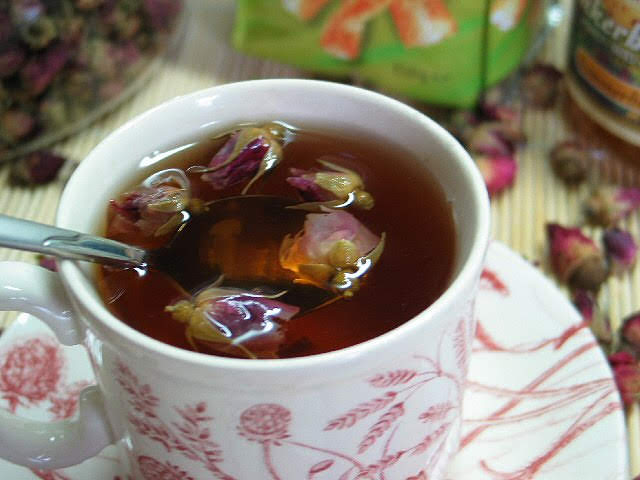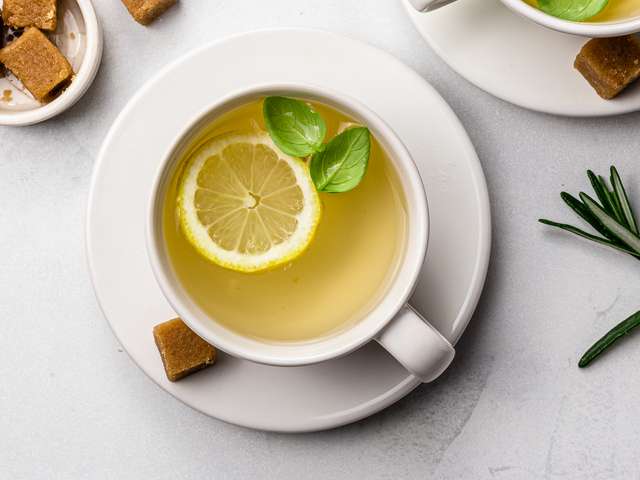The tea ceremony, or chanoyu, is more than just the act of preparing and drinking tea; it is a profound ritual that embodies centuries of Japanese culture, philosophy, and artistry. Rooted in Zen Buddhism, the ceremony transcends mere consumption, transforming it into a spiritual practice that fosters mindfulness, respect, and harmony. This blog post explores the intricacies of the tea ceremony, its historical significance, and the lessons it imparts to modern life.
Historical Background
The origins of the Japanese tea ceremony date back to the 9th century when tea was introduced to Japan from China. Initially enjoyed by the elite, tea drinking evolved into a meditative practice in the 15th century under the influence of Zen monks. The formalization of the tea ceremony is often attributed to Sen no Rikyū, a 16th-century tea master who emphasized simplicity, rusticity, and the importance of nature. Rikyū’s teachings and aesthetic principles shaped what we now recognize as the traditional tea ceremony, focusing on the relationship between the host and the guests, as well as the tea itself. For a deeper understanding of its history, you can view publisher site.
Philosophy and Principles
At its core, the tea ceremony is governed by four key principles: harmony (wa), respect (kei), purity (sei), and tranquility (jaku). Each of these principles plays a vital role in guiding the actions and mindset of both the host and the guests.
- Harmony (wa): This principle emphasizes the importance of creating a harmonious atmosphere, not only among the participants but also between the participants and the natural elements within the tea room. The selection of utensils, the arrangement of the space, and even the choice of tea all contribute to this sense of balance and unity.
- Respect (kei): Respect is shown in every aspect of the ceremony, from the careful preparation of the tea to the way participants interact. The host shows respect through attention to detail and the genuine intention behind each action, while guests express gratitude for the effort and artistry that goes into the experience.
- Purity (sei): Purity refers to the cleansing of the body and spirit before participating in the ceremony. This is both literal—through the cleaning of utensils and the tea room—and metaphorical, encouraging participants to leave behind their daily concerns and distractions.
- Tranquility (jaku): The ultimate goal of the tea ceremony is to achieve a state of tranquility, where participants can connect with the present moment. This tranquility allows for introspection, fostering a deeper understanding of oneself and one’s place in the universe.
The Setting
The tea ceremony typically takes place in a tea room or chashitsu, which is designed to facilitate an intimate and serene atmosphere. The architecture often incorporates natural materials such as wood and bamboo, reflecting the aesthetic principle of wabi-sabi, which celebrates imperfection and the beauty of natural decay. The tea room is usually sparsely decorated, allowing the focus to remain on the tea and the shared experience.
A traditional tea room often includes elements such as tatami mats, sliding doors (fusuma), and a tokonoma, or alcove, where a seasonal flower arrangement or an art piece may be displayed. The simplicity of the setting encourages participants to engage fully with the moment, free from the distractions of the outside world.

The Ceremony Process
The tea ceremony can vary in complexity, but it generally follows a sequence of carefully choreographed steps. Each movement is imbued with meaning and intention, emphasizing the beauty of the present moment.
- Preparation: The host prepares the tea room and utensils. This may involve cleaning the space, arranging flowers, and setting out the necessary tools, such as the tea bowl (chawan), tea whisk (chasen), and tea caddy (natsume).
- Welcoming Guests: Upon the arrival of the guests, the host greets them with a bow and offers a small sweet to enhance the tea’s flavor. This gesture symbolizes hospitality and gratitude.
- Making the Tea: The host carefully measures the powdered green tea (matcha) and hot water, whisking them together with a precise motion to create a frothy mixture. This step requires concentration and skill, reflecting the host’s dedication to the craft.
- Serving the Tea: The host presents the tea bowl to the first guest, who admires its beauty before sipping. Guests rotate the bowl to avoid drinking from the front, demonstrating respect for the host’s effort.
- Reflection and Conversation: After enjoying the tea, participants engage in thoughtful conversation, sharing their impressions and reflections. This exchange fosters a deeper connection between guests and highlights the shared experience of the moment.
- Closing the Ceremony: The host expresses gratitude to the guests and cleans the utensils, signifying the end of the ceremony. This final act emphasizes the importance of cleanliness and respect for the tools of the ceremony.
The Modern Relevance
In today’s fast-paced world, the tea ceremony offers valuable lessons in mindfulness and appreciation for the present moment. The act of slowing down to engage in a ritual can serve as a counterbalance to the distractions of modern life. It invites individuals to disconnect from technology and the chaos of daily responsibilities, fostering a sense of peace and clarity.
Moreover, the principles of harmony, respect, purity, and tranquility can be applied beyond the tea ceremony itself. They encourage individuals to cultivate mindful practices in their daily lives, enhancing relationships, reducing stress, and fostering a greater appreciation for the world around them.
Conclusion
The art of the tea ceremony is a beautiful expression of Japanese culture, embodying centuries of philosophy, tradition, and artistry. It is a practice that encourages mindfulness, respect, and connection—values that resonate deeply in our contemporary lives. As we navigate the complexities of modern existence, the tea ceremony stands as a timeless reminder of the importance of slowing down, appreciating simplicity, and finding beauty in the moment. Engaging in this age-old tradition offers not just a sensory experience but also a pathway to inner peace and understanding, inviting us to savor the richness of life, one cup of tea at a time.

